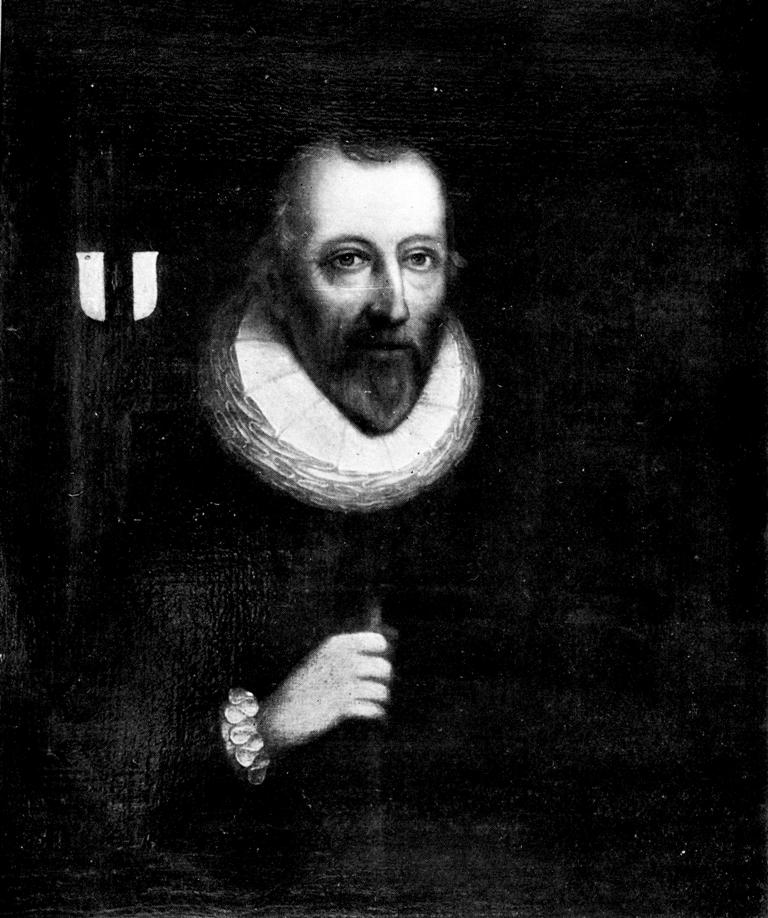
John (later Sir John) Gascoigne, from a portrait in Lotherton Hall, taken from Colman's 'History of the Parish of Barwick-in-Elmet'.
| John Gascoigne Esqr. of Barnebow. Anne his wief. Robert Lambert, his serving man. Laurence Wilson, master of his Colemyns. Edward Bennet, his milner at Hillome. Elizabeth Harrison, a seruant. Elen Ellys, a seruant there. Kathleen 'Assam, a seruant. Elizabeth Wortley, an antient seruant there. She is thought to be a dangerous recusant in persuading. Her surname is not certainly known. |
| Recusants reteyned |
| Mary Ellis, wief of John Ellys esq. a Recusant. Thomas Thompson, Mr John Gascoigne his shepparde. Joan his wife. Maud ffeild, wife of Robert ffield, labourer. Barbury, wief of John Robinson, seruant to Mr Gascoigne Nicholas Harrison, a young man, a weaver. Isabell Massie, an old woman. Margaret Massie, wief of Cuthbert Massie. Ellyn Vevers, wief to Richard Vevers, Mr Gascoyne Seruant. John Slator, an old poore man. Elizabeth Gilson, a poor widow. |
| Recusants for one year |
| Maude Gascoigne, mother of Mr John Gascoigne Esqr. a Recusant. |
| 'Secret baptism. Mr John Gascoigne his children were all secretlye baptized & none of them came to ye church neither is it knowne where they were baptised.' |
Skyrack returns 'Certefyd by Sir Thomas Bland & Henry ffarer'. |

|
|
Total
|
Since 1603
|
|||
|
Recusants
|
Non-Recusants
|
Recusants
|
Non-Recusants
|
||
|
Skyrack Wapentake
|
|||||
|
Barwick
|
21
|
0
|
10
|
0
|
|
|
Kippax
|
1
|
2
|
0
|
2
|
|
|
Swillington
|
2
|
3
|
0
|
3
|
|
|
Aberford
|
4
|
0
|
1
|
0
|
|
|
Ilkley
|
4
|
0
|
4
|
0
|
|
|
Otley
|
2
|
3
|
1
|
3
|
|
|
Adel
|
1
|
0
|
0
|
0
|
|
|
Leeds
|
10
|
4
|
0
|
0
|
|
|
Other local places
|
|||||
|
Saxton
|
7
|
4
|
0
|
0
|
|
|
Ledsham
|
8
|
2
|
0
|
0
|
|
|
Fenton parish
|
5
|
4
|
3
|
3
|
|
|
Cawood
|
2
|
1
|
0
|
0
|
|
|
Sherburn
|
10
|
0
|
5
|
0
|
|
ARTHUR BANTOFT
|